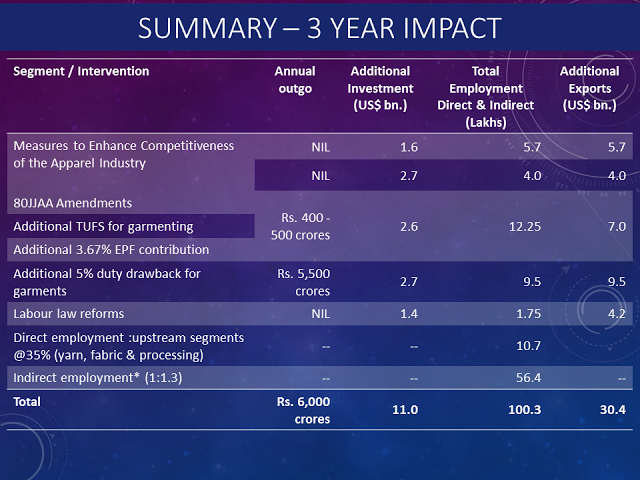Let’s move on to examining the Lamaze US business.
There is near unanimity among Kitex-interested folks that this is a good thing. They have certainly made the right moves so far. They solved the massive “Branding”/Advertising challenge by in-licensing the Lamaze brand which already occupies target customer mindshare. They also solved a big hurdles of Marketing and Design Teams stewardship by making astute key hires. If they can pull this off, the future sure looks exciting, to most - after all this is a big thing, if a manufacturer can vertically integrate right upto Retail.
What I have been unable to figure out for myself is the Lamaze business model proposed to be followed by Kitex.
1.If it is a branded retail business, then Kitex would be looking to book shelf space at the preferred retailers, paying the going rate per week/month along with a minimum guaranteed off-take. If Sales fall short of the guarantee then there penalties to be paid. Any unsold Inventory, is also a very big additional risk, if your product does not sell well.
Yes, there is that 70% extra upside to capture but these are the Risks that counterbalance pocketing all the moolah for yourself.
2.I am not sure this is the retail foray model being adopted, otherwise there wouldn’t be that mention - We organised a show called our Customers. Gerber and Carter have already placed orders. If I heard correctly in one of the Concalls, Management did say there is no Inventory Risk for us. Our Sales guys go and take orders from customers, accordingly we manufacture and ship.
3.If that really is the model, then what is so exciting about the Lamaze business. Kitex LLC is just replacing the importer middleman. Since it is not taking in any retail shelf space risk/inventory risk, then the upsides have to be limited to the Importers margin. It’s hard to see why this should be anything more than 10%
4.So the 40 Cr Lamaze Sales or say $6Mn Sales in Fy17 or $50 Mn in FY19/20 - all of them will come from Customer orders procured by Kitex Salesmen from existing Customers on the plank of Product/Quality pull of Lamaze??
Highly unlikely that the business plan rests on scaling upto $50Mn without Kitex taking on some of the Sales Incentives/Risks.
5.It seems equally unlikely that Kitex will take on all the risks to capture the full 70% upsides right from start. We need to remember except for Carter and ToysRUs most Retailers are struggling for profitability. Gerber has changed hands many times. Mothercare has seen repeated troubles. The best retailers do not have more than 10-12% profitability
What makes us think when all these players with decades in the business haven’t been able to pull off a spectacular success with all their scale, why would a fledgling foray like Kitex’s make for huge success/profitability
6.It might be there is a hybrid model being pursued. Initial orders are being procured through Customer orders - based on which Kitex can manufacture say 2x those volumes and take a risk with their own Retail shelf-space/inventory risk model.
I couldn’t attend the AGM. The Lamaze Concall and the latest Concall does not throw light on the same. So if anyone has the answers to this puzzle, please stop forward to answer.
Meanwhile it will be a good thing to approach Management to get answers on this, as well as their reaction to the Competition scenario/positioning map that we are becoming clearer about.



 So your concern needs more attention
So your concern needs more attention 

